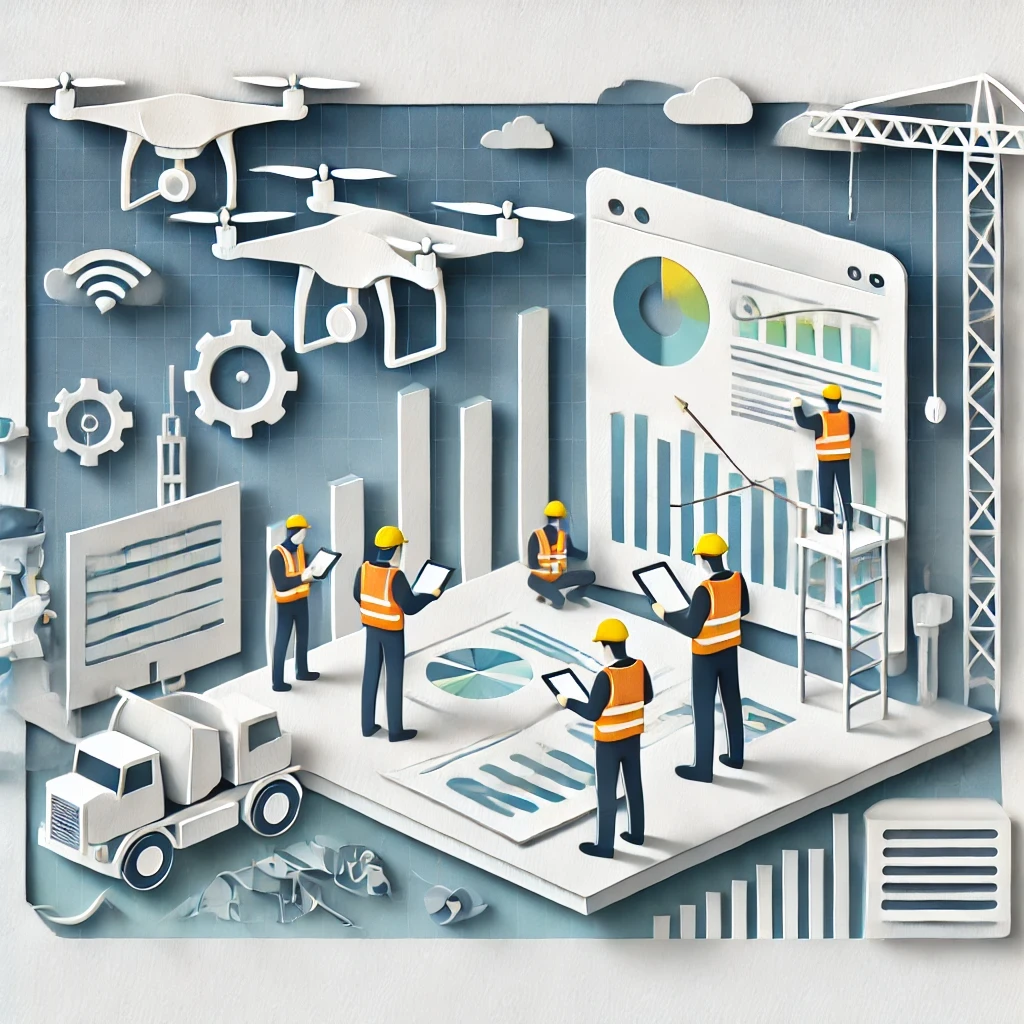Over the Christmas holidays this year, a powerful winter storm impacted hundreds of thousands in the U.S. The arctic blast brought with it destructive winds, freezing temps, heavy snow, and canceled flights. Although, some airlines soared above the rest.
If you watched the news or talked to anyone traveling on Southwest, you probably would’ve heard that the inside of the airport looked like nothing short of a travel apocalypse. From the 22nd to the 28th of December, Southwest canceled an average of 45 percent of its flights. By the 28th, Southwest was responsible for about 87 percent of all canceled flights in the country.
When you hear these statistics, most people think, “Oh wow! It must have been a terrible winter storm.”
But the storm alone was not responsible for Southwest’s cancellations and delays. Other major airlines experienced weather-related challenges as well, and they canceled only 3 percent of their flights. So, where did Southwest go wrong?
Southwest’s Downfall: Poor Modernization and Technical Debt
The crisis over Christmas revealed a couple of things about the largest low-cost carrier in the world. Its scheduling optimization system is out of date. Its system is far more extreme than any other airline.
In general, airlines are susceptible to technical debt because they adopted automated optimization models so early. Technical debt occurs when a company tries to complete a project as soon as possible, and thus, they build an easy yet limited solution. It results in an implied cost of reworking the technology into a more long-term solution later.
Southwest had previous warning signs of issues with their scheduling technology. In March 2022, the flight attendants’ union penned an open letter to the company. Can you guess what made it above their desire for increased pay? That’s right…an update to the scheduling technology. That’s when you know it’s bad.
The outdated scheduling system coupled with the point-to-point model resulted in a meltdown of epic proportions. Should the airline heed its employees’ requests, then Southwest will begin to see modern AI technology integrated into the scheduling system.

New Updates: The FAA System Outage
For the first time since September 11th, 2001 the FAA ordered that all U.S. flights be grounded due to a computer system outage. This was the result of the Notice to Air Missions (NOTAM) system utilizing a corrupt file. Before halting flights, the FAA attempted to switch to their backup system, which also contained the corrupt file. NOTAM, like the Southwest scheduling software, is an example of aging infrastructure that is more than overdue for an overhaul, but “because of budgetary concerns and flexibility of budget, this tech refresh has been pushed off,” a CNN source has said.
This outage shows yet another massive institution caught up in the pitfalls of technical debt, pushing customers and employees alike to be outraged at the carelessness and flippant disregard for new innovations and timely updates.
Looking Forward: AI in Other Industries
AI and machine learning are projected to expand rapidly in the next few years. In this field, AI will use algorithms to learn from data without human programming. While this technology has existed for some time (think robotics, blockchain, and 3D printing), the advancements are about to improve exponentially.
Construction is one such industry that AI is expected to dominate — reducing errors, decreasing injuries, training (and eventually replacing) scarce workers, enhancing sustainability, designing, maintaining, and operating buildings, etc.
That said, data management is a critical element in the equation, and it’s a primary contributor to why only 65 percent of construction companies attempting to use AI have been successful (of the 92 percent who have tried). Most of these organizations don’t have a handle on their data. Instead, it exists in silos that are owned by other companies.
Additionally, the historical data — required to make modeling and prediction more precise — isn’t readily available to companies. So, there’s a lot to improve on the data front, but if this can be done, companies can use technology to propel them forward.
Final Thoughts
Looking to slowly incorporate AI into your construction business? Use inBuild — the industry’s most intelligent accounts payable solution. It’s a simple way to automate and grow your construction business. Sign up for a live demo today to learn more.











